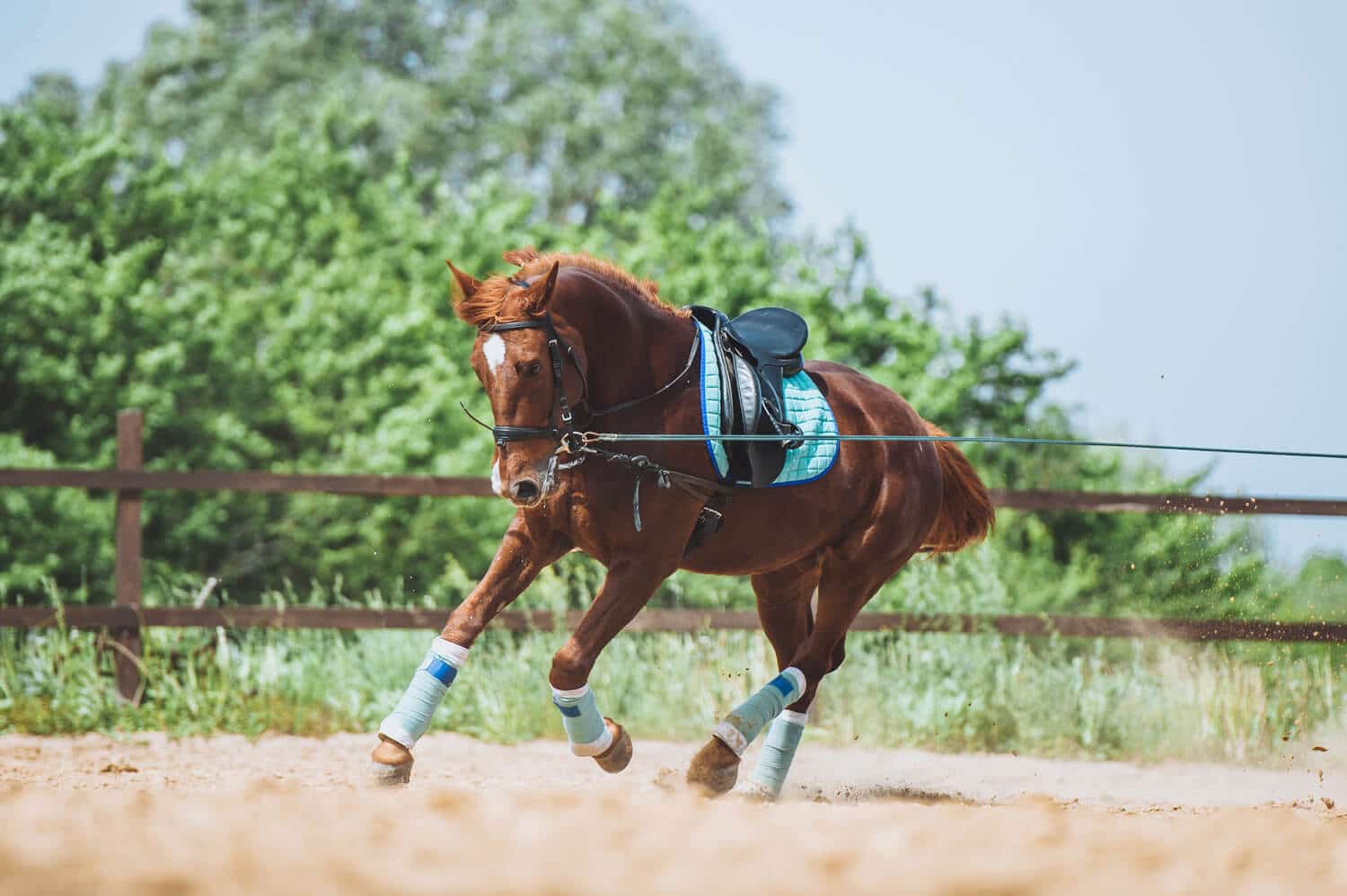Is my horse lame?

Lameness is a common symptom of osteoarthritis in horses. While horses of any age are susceptible to this joint disease, performance horses are at increased risk due to the athletic demands placed upon them, which can result in joint injuries.
Learning to correctly identify lameness can prevent a minor injury from developing into a serious chronic condition. In this article, we discuss the subtle signs of lameness and why early lameness detection is critical in cases of osteoarthritis.
Lameness in Horses
There are several common signs that indicate lameness in horses, including:
- Head bobbing
- Hip hiking or dropping
- Toe dragging when the affected limb hits the ground
- Additionally, a shortened stride can suggest pain in the limb or hoof
While osteoarthritis and other joint conditions account for 60% of all lameness cases, lameness can also be caused by various injuries to the lower legs and hooves.
This is why when diagnosing lameness in your horse, always enlist the help of your veterinarian. By performing a lameness examination, they’ll be able to pinpoint the exact source and severity of the lameness and develop a suitable treatment plan.
Lameness Examination
Step 1: Look for Injury
With the assistance of your veterinarian, stand your horse squarely on even ground and visually examine each leg for lumps, bumps, swelling, wounds, discharge, or other signs of external injury.
Then, clean and examine each hoof, checking for excess heat and the strength of your horse’s digital pulse. Look for nails, cracks, and bruises, and palpate each hoof for sensitive areas.
Step 2: Trot Up
In a straight line, trot your horse towards and away from your veterinarian while they look for signs of resistance, shortened, or uneven stride.
Be sure to keep the lead loose so you don’t inhibit any other signs, such as a head bob, when the affected limb hits the ground.
Step 3: Lunge Your Horse
The final exercise is to lunge your horse in both directions. Start with a wide circle, then gradually tighten the circle.
Usually, the tighter the circle, the more obvious the lameness. With a highly trained eye, your veterinarian will be able to pick up on subtle signs that you may not see.
Osteoarthritis in Horses
As osteoarthritis progresses, your horse’s lameness will also worsen. In addition to lameness, there are several other common symptoms that indicate the presence of osteoarthritis in horses, including:
- Stiffness at the start of work, requiring an extended warm up
- Reluctance to perform certain exercises, such as jumping
- Reduced range of motion in the affected joint
- Lameness or stiffness on cold mornings
Sadly, osteoarthritis is in an incurable joint disease, making early detection and intervention critical to your horse’s health, longevity, and athletic career.
If you notice one or more of your horse’s joints become hot, swollen, and painful, with a noticeable loss of function, consult your veterinarian immediately.